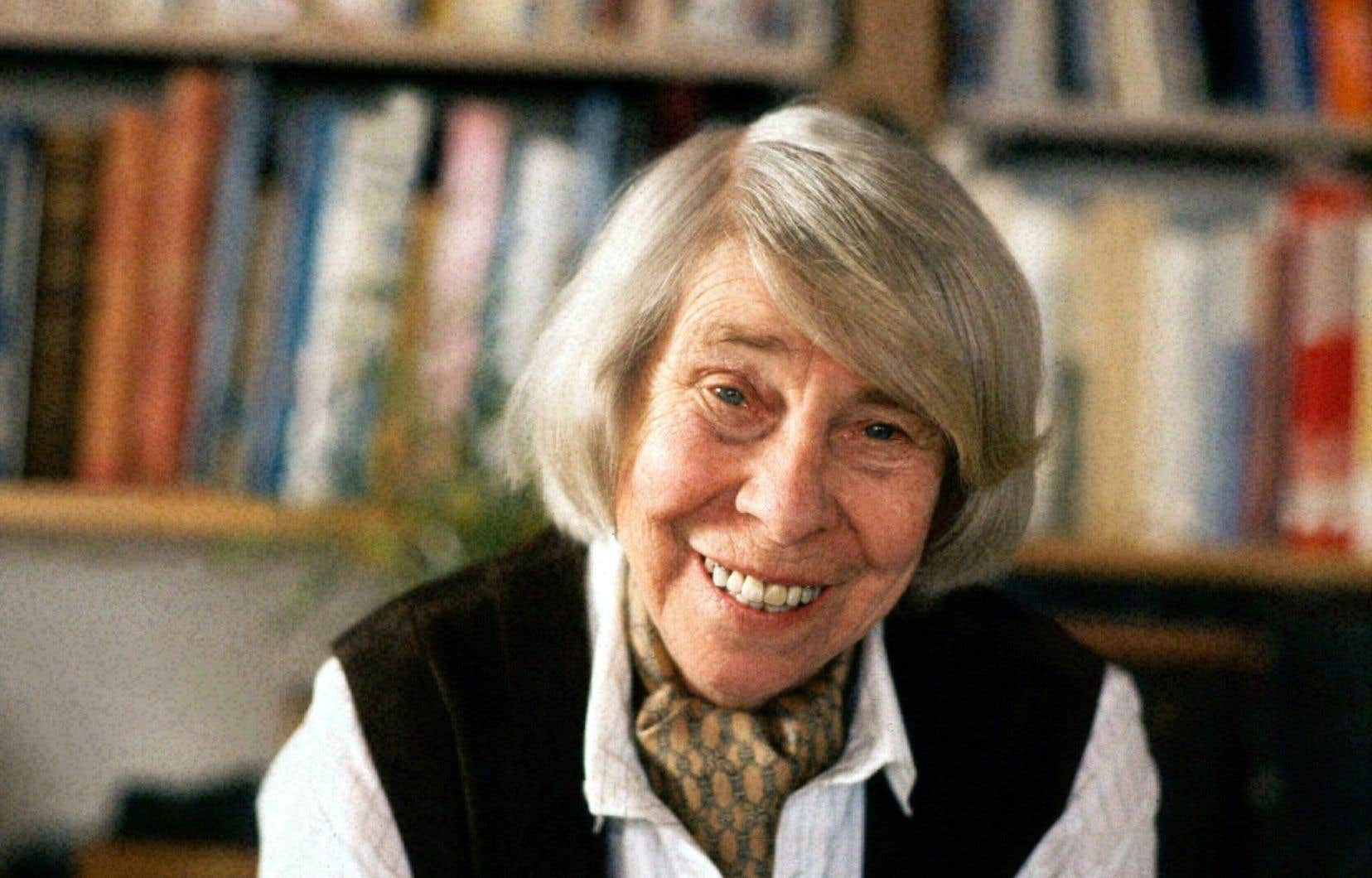“No man is an island, entire in itself,” John Donne believed. Each is a piece of the continent. Even if we don’t want to or try to escape the company of our fellow human beings.
Tove Jansson (1914-2001), Swedish-speaking Finnish painter and illustrator, successful author of children’s books, herself spent a lot of time with people and islands. The creator of the Moomins, who for thirty years spent all her summers on a stone in the Gulf of Finland, would undoubtedly have agreed with the 17th century English poete century.
In Travel without luggagea somewhat disjointed collection composed of a dozen texts first published in 1968, we thus find characters who are often themselves like islands, men or women whose tranquility is undermined by the irruption of a disruptive element.
As in “Correspondence”, composed of a series of letters that a young Japanese admirer wrote over the years to a writer who could resemble Tove Jansson. “I would like to live on an island,” she wrote to him one day without the slightest irony, envious of the solitude and silence which permeate her stories – and which it was impossible for her to find in Tokyo. When he learns of an imminent visit, his correspondent will make him understand “that one should only meet a writer in books”.
In “Eightieth Birthday”, a young woman goes to the birthday party of her grandmother, a famous painter, where she and her boyfriend meet three freeloading artists who will suck them into their wake . The opportunity for an unsolicited lesson on “envy”, will, desire. “First of all, we have it for free and we don’t understand why we’re wasting it. Then it becomes something to take care of. »
Further on, in “The Summer Child”, a family takes in boarding school, like every year for a season, a child from the city on the small island in the Baltic Sea where they live. His daily life will be disrupted by a little prophet of doom who thinks he knows everything, “really good at making people feel guilty.”
Recently retired, the protagonist of “Journey without Baggage” embarks on a liner to England, hoping to escape this “terrible compassion” which sticks to his skin and which has already caused him “such terrible troubles”. But he will quickly discover that here or there, on land or at sea, hell is always a little bit about other people.
In “The Woman Who Borrowed the Memories”, a woman who returns to the country after several years abroad realizes that a friend, in her old apartment where her old furniture remained, has stolen her souvenirs — a fine case of “ cognitive diversion” in the feminine (gaslighting).
Elsewhere, a woman shakes up a small community of expats in Alicante, Spain. A mismatched couple staying on an islet are torn apart by the presence of a tame seagull. Two solitary and contemplative old men meet against their will in the greenhouse of a botanical garden.
In almost all of these stories, Tove Jansson injected the same serious lightness to which she has often accustomed us, casting her gentle, oblique gaze on women and men, children and animals.
